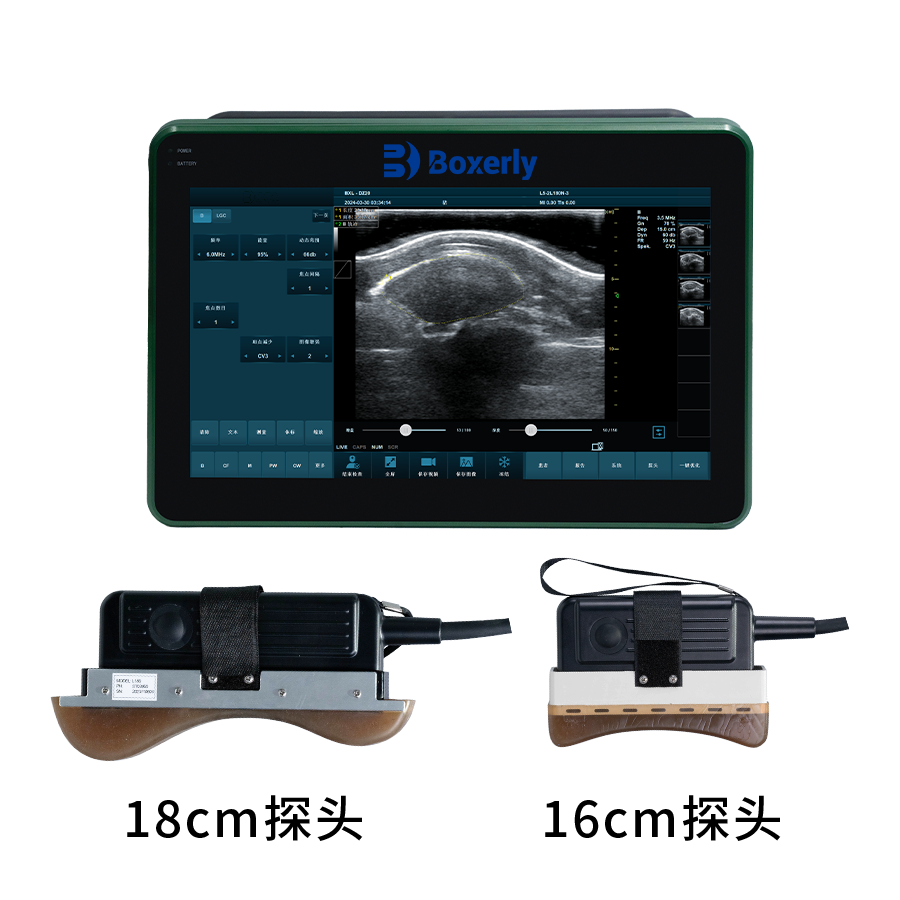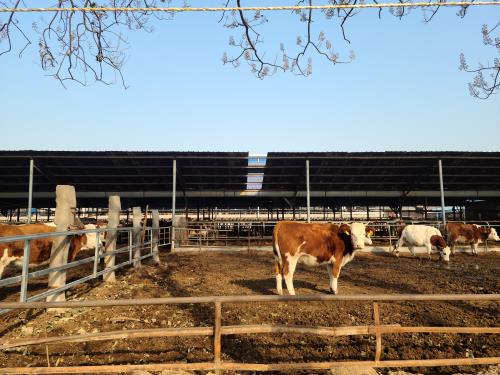In pig production, the eye muscle area measuring instrument generally refers to sows that have been selected for breeding but have not yet participated in breeding. In most pig farms and some cases, reserve sows can also be young sows. Some people believe that a reserve sow refers to a female pig that is selected for breeding until its first delivery. The eye muscle area measurement instrument showed that when the P2 backfat thickness (i.e. the backfat thickness at a single point 6.5cm from the midline of the pig's last rib) at the time of mating was 20mm, the total number of births from the first to the fifth litter could reach 64.6, with the highest number of births and the best reproductive performance; When the backfat thickness of P2 during mating was 14.6mm, the total number of offspring born in 5 parity was the lowest, only 55.6 heads, indicating the influence of backfat thickness on litter size. Therefore, a reasonable backfat thickness has a huge impact on the lifelong reproductive ability of sows. It is emphasized that the backfat thickness of primary sows should exceed 18mm. The eye muscle area analyzer suggests that young sows should be mated during the second and third estrus periods, and the P2 backfat thickness should be between 16-20mm. Wang Longqin et al. [5] believe that for high lean meat ratio breed reserve sows, a P2 backfat thickness between 18-20mm is sufficient for breeding.

Imported eye muscle area measuring device
In order to verify the optimal backfat thickness of Duroc, Changbai, and Large White pigs introduced in China under the level of domestic pig breeding equipment and technology, the eye muscle area measuring instrument was used to detect the effect of different backfat thicknesses on the reproductive performance of Large White and Changbai reserve sows at first parity. During breeding, the P2 backfat thickness of pigs is measured, and the average litter size and live litter size are recorded simultaneously after the piglets are born. The results showed that when the P2 backfat thickness of the reserve sow during mating was between 15-23mm, the higher the backfat thickness value, the greater the average litter size and live litter size per litter. That is, the P2 backfat thickness during mating was positively correlated with the average litter size and live litter size within a certain range. The conclusion drawn is that the optimal breeding P2 backfat thickness for growing and long binary primiparous sows is between 18-23mm, providing a reference for the reasonable backfat thickness of Large White and Changbai pigs in China.







